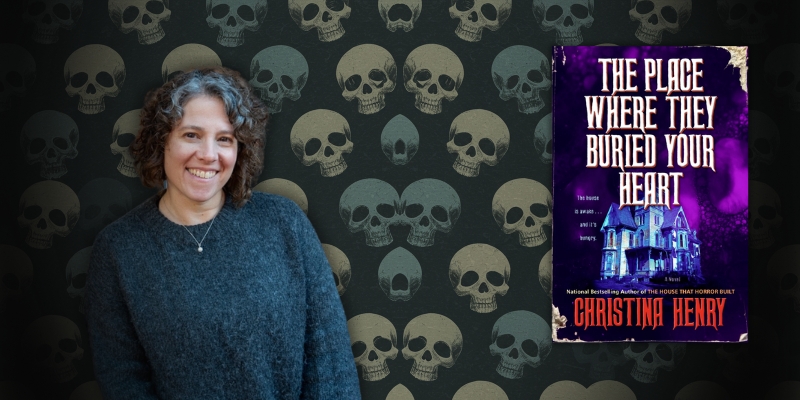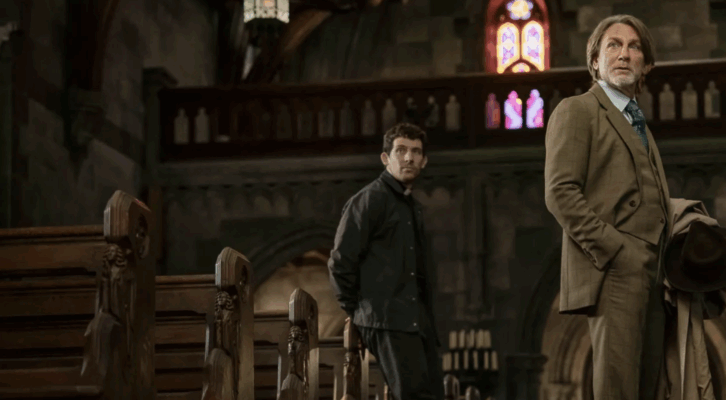It is a universal maxim, oft repeated—”the good old days.” The assumption, always, is that the past was nothing but less complicated times, bathed in golden light. People smiled at their neighbors. Children scampered on the sidewalk and played stickball in the street. Nothing bad ever happened and the world was easy to understand.
Of course, the past was filled with war and disease and injustice and unrest and endless variations of person-to-person harm but nobody wants to remember that. They don’t want to remember the trauma; they only remember that they overcame it, if they choose to remember it at all. The only thing that matters is their survival.
So, the old days become good, softened with the patina of time. The terror is buried somewhere and they hope to forget the place where they left it.
In Ray Bradbury’s Something Wicked This Way Comes, Green Town, Illinois, is a nostalgic dream come to life. The main characters, Jim and Will, race everywhere and climb trees and shinny down drainpipes in the middle of the night. They read library books full of adventure until an adventure comes to them—a carnival, come in the middle of the night in October. But this isn’t any kind of ordinary carnival.
This carnival is populated by, as Will’s father Charles calls them,
the autumn people….For these beings, fall is the ever normal season, the only weather, there be no choice beyond. Where do they come from? The dust. Where do they go? The grave. Does blood stir their veins? No: the night wind. What ticks in their head? The worm. What speaks from their mouth? The toad. What sees from their eye? The snake. What hears with their ear? The abyss between the stars.
This carnival, run by the malevolent pair known as Mr. Cooger and Mr. Dark, has appeared in their town before. But people forgot. And the return, at first, seems to signal something wonderful. For Mr. Crosetti, the barber, the scent of cotton candy and licorice on the wind brings tears to his eyes, a cherished remembrance of childhood.
They don’t want to remember the trauma; they only remember that they overcame it, if they choose to remember it at all.But soon Mr. Crosetti is gone, his barber shop marked with a sign that says its closed due to illness. Will, though, somehow intuits that Mr. Crosetti is dead, a victim of the nostalgia that drew him to the dangerous delights of the carnival.
Mr. Cooger and Mr. Dark use the townspeople’s desires, their longing for the good old days of their youth, to lure those people. Jim and Will’s teacher, Miss Foley, also is entrapped by a desire to fix her life by starting over, by taking a ride on a merry-go-round that strips the years away.
She soon discovers that while the carousel makes her look younger it doesn’t change the mind and heart of the aged woman inside. It doesn’t take away her experiences or knowledge. It only makes her look younger. The terror of an adult consciousness trapped inside a girl’s body breaks Miss Foley, who is desperate for help. But because she now appears to be a hysterical child, no one believes her.
In Daphne du Maurier’s gothic romance classic Rebecca, the unnamed narrator marries a mysterious widower named Maxim de Winter. She is happy with Maxim until they return to his family home, Manderley, a place haunted by the memory of his first wife, Rebecca.
Mrs. Danvers, the housekeeper, is particularly invested in preserving every aspect of Rebecca’s existence—her clothing, her bedroom, even the way she preferred to run the house. When the narrator tries to change anything, ever, she is reminded by Mrs. Danvers that Rebecca used to do things differently.
The narrator has no tie to the nostalgic past in Manderley. But she quickly becomes suffocated by the people who are tied to that past, and she also becomes convinced that her husband regrets his marriage to her, that he longs for the life he had with Rebecca.
The reality of who Rebecca was—eighty-seven-year-old spoiler alert: she was not a great person—has been washed over with watercolors, covered in gauze. The memories of the vast majority of the residents of Manderley (notably, though, not her husband’s memories) have changed history for its newest resident, and brought nothing but misery for her in their wake.
In my newest novel, The Place Where They Buried Your Heart, the narrator, Jessie, is thirteen years old and grounded for smoking. Her little brother Paul wants to play a board game with her but she’s grumpy and wants him to scram, so she dares him to go into the abandoned house on their block.
He goes, with his two friends Jake and Richie. Jake and Richie return, but Paul doesn’t. The house eats her brother.
Jessie spends the rest of the book wrestling with guilt that comes from doing a childish, silly thing—the sort of thing lots of kids do all the time. The past becomes an albatross, a place she doesn’t want to go because it reminds her of her sin. She looks forward, always, to a future where she doesn’t have to think about or be a part of her very broken family.
At the same time, she despises the changes that happen on her block and in her neighborhood over the years. Gentrification pushes out old families and brings in new ones that don’t have the same connection to the place. She’s just as guilty as anyone of wanting to go back to a nostalgic past that didn’t really exist, a place where working-class neighbors looked out for each other and careless rich people were rarely encountered.
And when her past rises up to bite again, she’s forced to return to the place where she thought she buried her heart—the house that ate her brother, and waited patiently for her all those years.
***


















